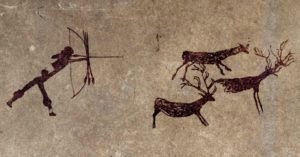History of Archery
What Can We Learn From the History of Archery?
Archery is an art, a science and a way of life. The Oxford dictionary defines archery as “Shooting with a bow and arrows, especially at a target as a sport”. (https://www.lexico.com/en/definition/archery). While this definition is true, it fails to encapsulate the real meaning of the practice which goes back into ancient times, before recorded history. Archery enabled humanity to extend the reach of what they could affect well beyond the reach of one’s arms. This subtle ability would enable humans to compete with and eventually dominate the natural world around them. The study of the history of archery enables us to appreciate the ingenuity of early humans.
Who Invented Archery?
The bow and arrow seem to have been invented in some form on every continent on Earth with the exception of Australia. Nobody knows the exact location of the bow’s first use or who the first archer was. However, studying archery history gives us a perspective that enables us to examine a multitude of cultures, societies and periods of time.
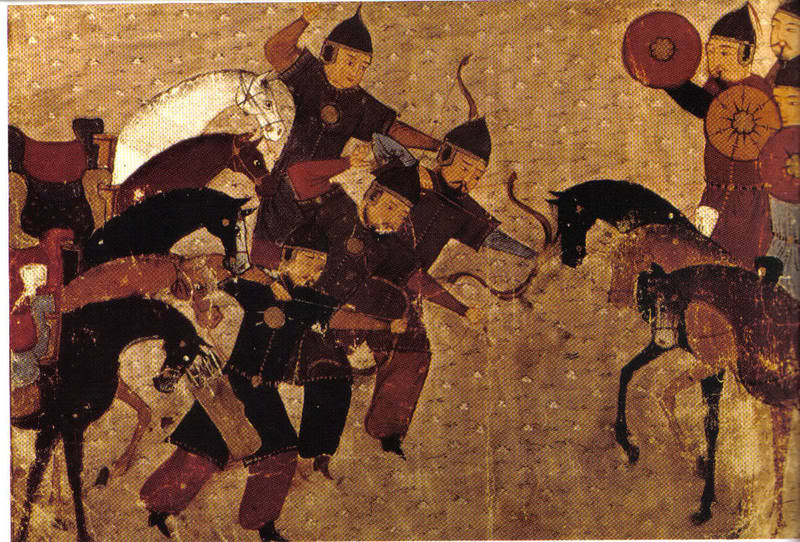
History of Archery Timeline
60,000 B.C.
Rock points, which could be used for either arrow or spear inserts are discovered in the Sibudu Cave, in South Africa. Whether these points were used for arrow points is uncertain, however the Sibudu Cave systems also reveal several other relatively advanced human tools including the earliest needle (61,000 years old), the earliest use of heat-treated mixed compound gluing (72,000 years ago), and the earliest example of the use of bedding (77,000 years ago).
20,000 B.C.
Cave paintings depicting archers on the hunt and in battle are discovered in the Iberian Mediterranean Basin (Spain).
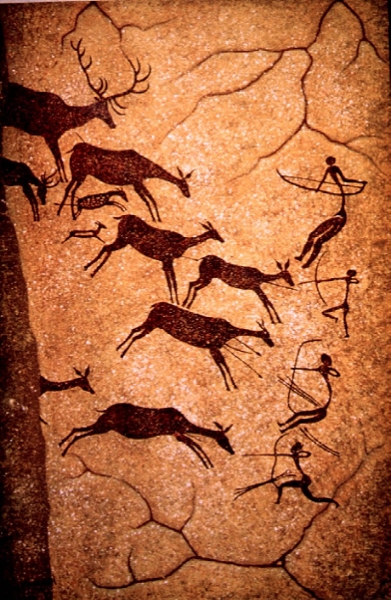
12,000 B.C.
Earliest archeological evidence of archery in Europe from Stellmoor in the Ahrensburg valley north of Hamburg, Germany. Among the artifacts were pine arrow shafts with knocks indicate they were very likely shot from bows. Relatively large flint arrowheads were also discovered.

8000 B.C.
Bows discovered in a Holmegård swamp in Denmark in 1940s after the earth was disturbed from WWII bombings. The bows were well preserved in the low oxygen environment of the bogs around the town of Holmegård after which the bows are named. The bows are relatively long (1.5 meters) and are made of a single piece of elm.
7000 B.C.
Intact bows discovered in a lake settlement at La Draga, Banyoles, Girona, Spain. Much archeological evidence, such as a multitude of arrowheads and the types of injuries on recovered human remains, indicates that archery was a common form of interpersonal violence in Neolithic times (approx. 10,000 B.C. – 4,500 B.C.)
3500 B.C.
The bow and arrow are well established in Egypt before the time of the Pharoahs. The composite bow and chariot based warfare are copied from their neighbors in the North knows as the Hyskos. Egyptian Pharoahs are depicted riding into battle on chariots with their mighty composite bows at full draw.
2500 B.C.
Composite recurve bows are in widespread use by both nomadic and sedentary civilizations.
1274 B.C.
Battle of Kadesh. Fought between the Egyptians under Ramses II and the Hittites under Muwatalli II. It is estimated that 5,000 – 6,000 chariots were used. Each chariot team had an archer on board. Ramses II is depicted riding his chariot, with his bow at full draw.
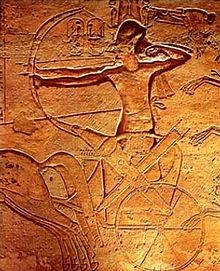
1000 B.C.
Archery is recorded as one of the Six Noble Arts of the Zhou dynasty (China, 1146–256 BCE).
800 B.C.
Rise of the Scythians. Groups loosely referred to as Scythian would dominate large areas of Eurasia, stretching from the Carpathian mountains in the West to China. They are one of the first groups of people to master mounted warfare, especially mounted archery. The Scythian bow has a very distinct shape and is represented in Greek art.

750 B.C.
Earliest depictions of horse archers on Assyrian carvings.

512 B.C.
Darius the Great of Persia crosses the Danube to invade the Scythian lands. He is unable to subdue the mounted archers as they do not engage in a direct pitched battle. The Scythians employ a scorched earth tactic, causing Darius to give up the campaign as his supply lines are stretched too far.
500 B.C.
The first images picturing the distinct Japanese asymmetrical longbow (yumi) are from the Yayoi period (c. 500 BC – 300 AD)
50 B.C.
The early Roman armies do not deploy archers. However, as the Roman Empire grows, it increasingly relies upon archers. Julius Ceasar’s army in Gaul includes Cretan archers.
450 A.D.
The Huns are at the peak of their power under their king Attila. They improve on the Scythian bow’s design, adding rigid wooden tips enforced with bone or horn. The Huns devastate many Germanic and Roman armies with their arrow showers. They are finally checked by a coalition of Goths and Romans in the Battle of the Catalaunian Fields in 451 A.D. Their leader Attila dies in 453 and the Hunnic empire quickly dissolves.
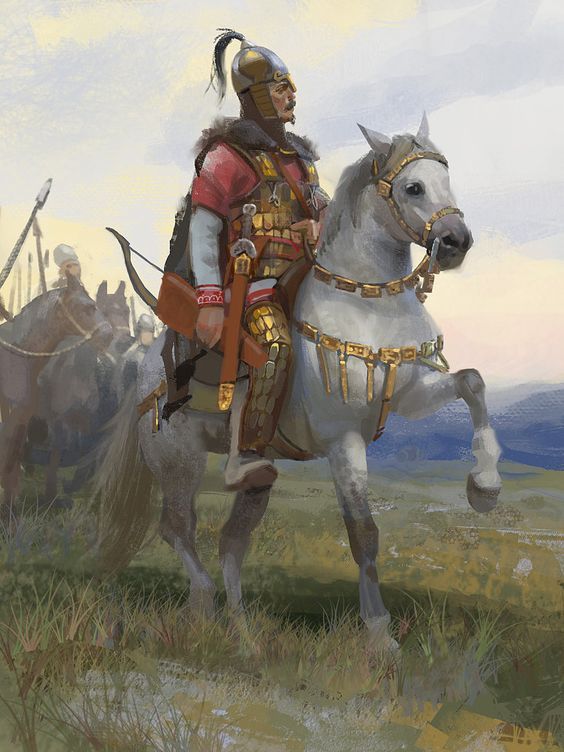
895 A.D.
The Magyars, tribes of mounted archers, settle in the Carpathian Basin. They engage in fast and devastating raids across Europe. Their main weapon was the Asiatic recurve bow.
1066 A.D.
The Normans defeat the Anglo-Saxons at the Battle of Hastings. The Norman leader, William the Conqueror, employs many archers in his army. Harold, King of Saxons, had an army that was almost entirely infantry with no archers. The Normans, on the other hand, had about half infantry, and the other half was split roughly evenly between cavalry and archers. Many Norman archers are clearly depicted on the Bayeux Tapestry, which was made sometime shortly after the battle of Hastings.

1200 A.D.
The Mongols under their lead Ghenghis Khan are well on their way to establishing the largest land empire the world has ever known. The Mongol armies consist primarily of horse archers.
1300 A.D.
Many treaties on archery are written in the medieval Arabic world. A treatise on Saracen archery was written in 1368. This was a didactic poem on archery dedicated to a Mameluke sultan by ṬAIBUGHĀ, al-Ashrafī. A treatise on Arab archery by Ibn Qayyim Al-Jawziyya, Muḥammad ibn Abī Bakr (1292AD-1350AD) comes from the 14th century.
1400 A.D.
The archers of England with their yew longbows, devastate French armies on many occasions during the 100 Years War ( Crécy (26 August 1346), Poitiers (26 August 1346), and Agincourt (25 October 1415) ).
1500 A.D.
The value of archery in warfare begins to slowly decline after the invention of firearms.
1600 A.D.
Several archery societies are formed and tournaments establish archery as a competitive sport.
1826 A.D.
Mounted archers remained in the Ottoman order of battle until the post-1826 reforms to the Ottoman Turkish Army.
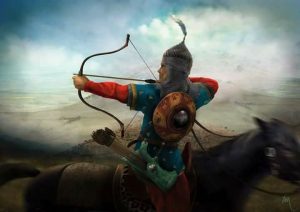
1828 A.D.
The first archery club on the North American continent is the United Bowmen of Philadelphia.
1878 A.D.
After the American civil war, confederate soldiers are not allowed to own firearms. Will and Maurice Thompson learn archery from the Florida Indians. Maurice authors The Witchery of Archery.
1879 A.D.
The National Archery Association (NAA) is founded and begun holding national tournaments. Will and Maurice Thompson are founding members.
1900 A.D.
Archery becomes an official Olympic event at the Paris Olympic Games.
1937 A.D.
Bow-sights are first used at an NAA tournament.
1939 A.D.
The National Field Archery Association is established.
1946 A.D.
Doug Easton, the founder of the Easton archery company, develops a process for manufacturing aluminum arrow shafts which greatly increase the accuracy of the arrow.
1969 A.D.
The compound bow was developed in 1966 by Holless Wilbur Allen in Billings, Missouri, and a US patent was granted in 1969.
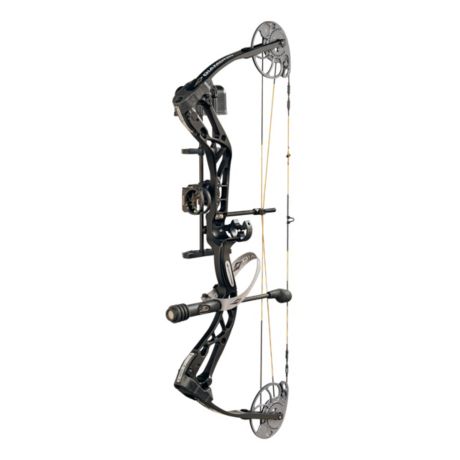
1961 A.D.
Hoyt Archery Company makes bows with attached stabilizers.
1970 A.D.
Release aids for compound bows start being used in NAA competitions.
1972 A.D.
Archery becomes once again a permanent event at the Olympic Games in Munich.
2011 A.D.

2020 A.D.
Archery is still going strong!
When did archery start?
The answer to this question is still debated, yet most evidence points to its emergence in the Upper Paleolithic (approximately 10,000 years ago). The history of archery stretches far back into our ancient past. Humans have been shooting arrows at animals and each other for a very long time. Several bows were recovered from a swamp in Denmark in the 1940’s that are dated to approximately 10,000 BC. These are the Holmegaard bows, named after the town that is in the same region and they are the oldest complete bows that have been discovered. The bows are approximately 1.5 meters long and are made of elm or yew. Archers can also be seen depicted in cave paintings dating to the late Paleolithic.
What do we know?
The earliest bows, including the ones discovered near Holmegaard, were self bows, which means that they were constructed from a single branch. Composite bows (made from a combination of different materials) appear much later. The ancient Egyptians used composite bows in their armies as far back as 2800 BCE. The archer would loose his arrows from a chariot. Many of the earliest civilizations used large numbers of archers in their armies including the Egyptians, Hittites, Persians, Greeks, and Romans. Many groups of people made their mark in history because of their use of the bow and arrow. Without their archery and skill as horsemen, the Mongols, the Huns and Magyars would not have been able to achieve what they did militarily.
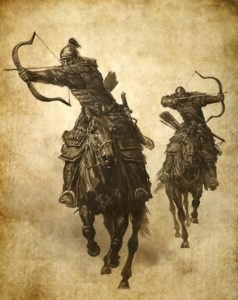
Ancient Archery
Many ancient civilizations utilized archers in their armies and the bow and arrow must have been decisive in battle on many occasions in the past. The history of archery can be examined by investigating the individual types of bows and the people who created and used them.
Click on the headings to learn more:
Holmegaard Bows

The Holmegaard Bows are the oldest complete bows that have been discovered thus far. They were found during World War II preserved in peat bogs, close to the town of Holmegaard, for which they are named.
Egyptian
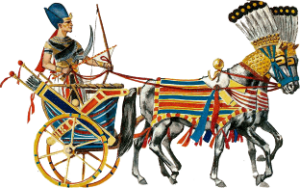
The bow was an important weapon for the ancient Egyptians. The Pharaoh shot his bow while riding in a chariot. The earlier Egyptian bow was a self bow but a composite version was developed later on.
English Longbow
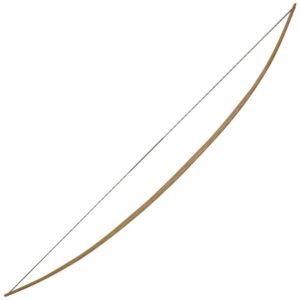
The infamous English Longbow holds a special place in the military history of England. Its use in battle proved especially lethal against the French knights at the battle of Agincourt.
Scythian
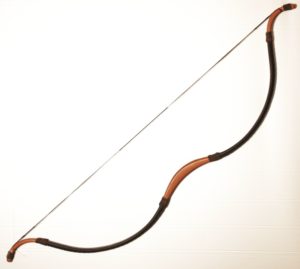
The Scythians were a nomadic people who occupied parts of Eastern Europe around modern day Ukraine, Southern Russia and Kazakhstan. They are some of the earliest people to use mounted archery as a means to wage war.
Hun

Under the leadership of Attila, who reigned from 434 to 453 BC, the Huns were a force to be reckoned with. They were masters of horse archery, and they devastated all in their path. The Hunnish bow was asymmetrical, with the lower limb being shorter than the upper limb.
Mongol
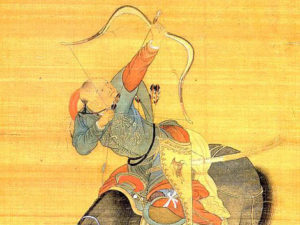
The history of archery would be incomplete without mention of Temujin and his armies. The Mongols, under Genghis Khan were an unstoppable force. Their empire stretched across 24 million square kilometers. The second largest in all of human history. Their use of mounted archery in battle won them countess victories.
Magyar
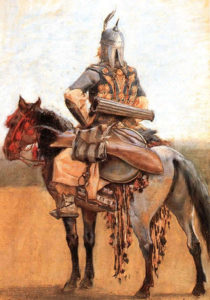
The Magyars were a confederacy of tribes, that came to conquer and inhabit what is now modern day Hungary. In Hungarian folklore, the Magyars and the Huns were descended from two sons of Nimrod; Magor and Hunor. They had been lured away to pursue a magnificent white stag, which led them to the fertile lands of the Carpathian Basin.
Turkish
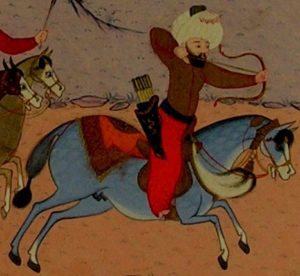
By the time of the Ottoman Turks, bow technology had had come along way since the Paleolithic. The Turks crafted some of the most sophisticated and ornate bows of all.
